At SIRO, we understand the needs and requirements of broadband for businesses across Ireland. Whether you're uploading files and data to the cloud, to using EPOS systems in a busy restaurant, we provide a full scalable broadband to suit your business. We sat down with Kieran Clifford of
Island Computers, to better understand the broadband requirements he sees his clients requiring and why more businesses are making the switch to SIRO.
SIRO For Hospitality
We understand that keeping your guests happy and entertained is your top priority to drive loyalty. We can help you choose the best connectivity to ensure that your guests enjoy a wonderful experience. Ensure your guests can stay connected, your employees can access booking and payment systems seamlessly, and facilitate high quality streaming across TV's. Our network is built on the ESB network so you know you can rely on it.
Island Computer is an IT Services company, working with small to medium sized enterprises in West Cork & Kerry in the hospitality sector. One SME which Island Technologies provides IT support and advice to is the Sheahan Group. This family hospitality company own and operate several pubs and hotels in the Southwest region. These include
Hilliards, Social 15,
The PorterHouse, Whitegates Hotel amongst others. There are currently ten clients of Island Computers use SIRO full fibre enterprise broadband services. Viatel is their ISP (Internet Service Provider) on the SIRO network.
[caption id="attachment_8434" align="aligncenter" width="1024"]
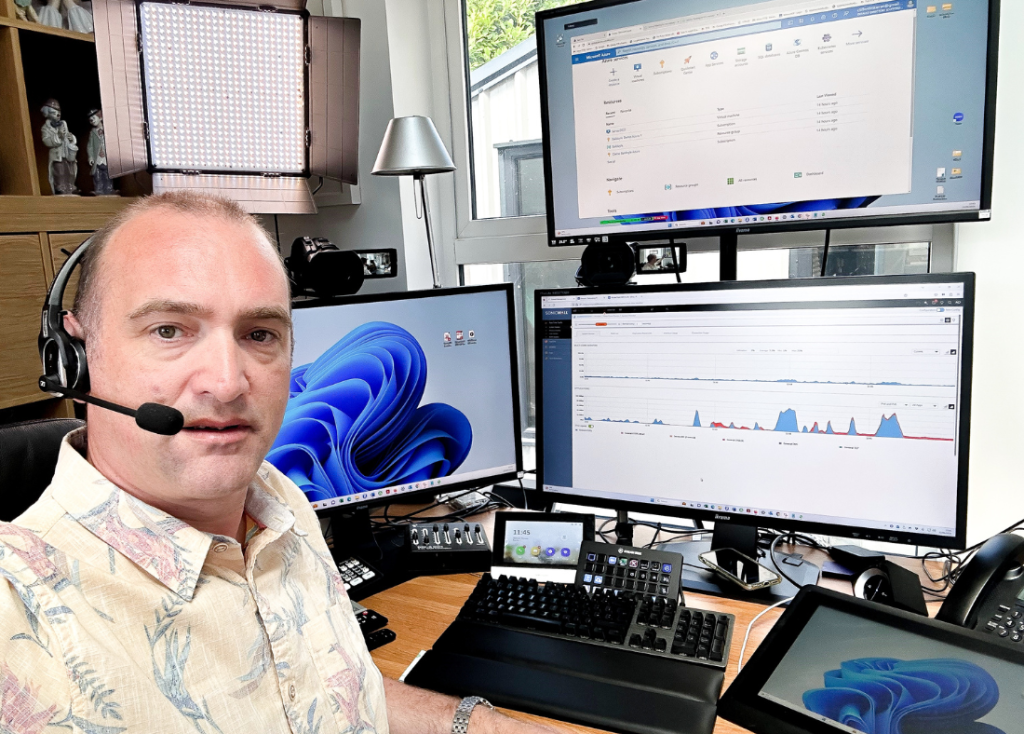
Kieran Clifford, Technical Director, Island Computers[/caption]
Why did your company/client make the switch to fibre?
“VDSL was not providing the service that we needed. When you are dependent on using things like EPOS, Credit Cards, CCTV Systems and especially with COVID, we had to validate people’s certs to ensure they were vaccinated, reliable internet is required. Fibre to the premises, along with a managed services through Viatel was an ideal solution."
Can you give us an example of how SIRO’s fibre was a benefit to your business?
“Before we had SIRO, VDSL would only work until 3p.m. We were constantly refreshing pages or credit card machines were not working. It was an extremely frustrating experience. Our staff had better things to be doing than refreshing credit card pages.”
“So, we decided to trial SIRO and Viatel’s fibre connection initially from one of the busiest premises, having 600-700 people in per night. This was Reidy’s of Killarney. It was a huge success. After that, we rolled it out to McSorely’s and Social 15, which were heavily populated at the weekends.

“In our own place of work, we are very much cloud based. We are big users of 365 and Azure. The back end and marketing rely on the technology. We are so dependent on fibre broadband. Since the investment with SIRO and Viatel, we found that our productivity has improved as the broadband provides a smoother experience.
The great thing about working with Viatel is that there is two-way communication, so we can coordinate maintenance and make those accommodations to avoid delays.”
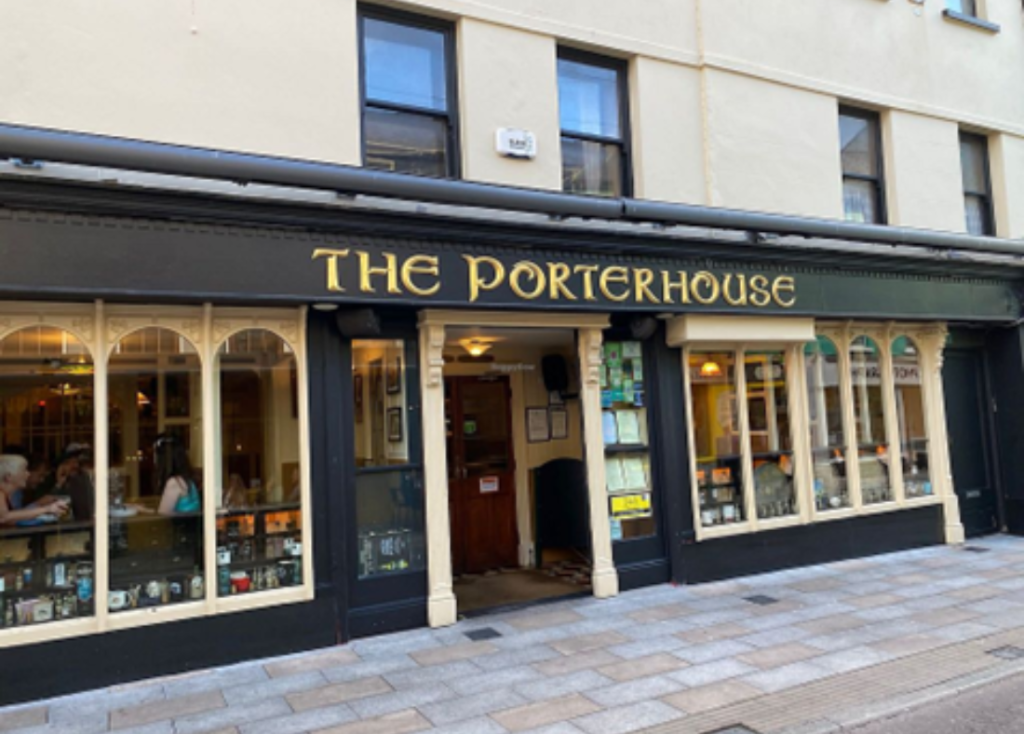
Are there any other aspects of the business where SIRO’s fibre broadband improved your operations?
“In areas such as remote monitoring and security, the upload speed was invaluable to us. The synchronous connection allows us to monitor and receive stream images in full HD quality. There is no question about blurry images or video streams that are not focusing correctly. It is allowing us to get real time metrics on the business. e.g., from the EPOS, Attendance, Management Systems, Aircon.”

Would you recommend SIRO’s business products to others who are looking for better broadband?
“Absolutely. One of the huge advantages we found with using SIRO is the flexibility. We are using VYPE and getting rid of the PBXs. We are now using cloud-based comms and IM like Zoom and Teams, and using cloud, remote, and virtual technology, so SIRO is the way to go. It supports all that technology and opens us up.
What may seem like an investment at the start, will see a return very quickly. For the businesses I am providing support for, that return came instantly. I was thinking “wow, where would we be without it. Why didn’t we have it two years ago?”
“Killarney is a tourist town; you can have 20,000 people here at any Bank Holiday weekend. We need SIRO broadband. Everyone is using social media and uploading content. If you are not in that bubble, you are going to be very disconnected. It is a huge plus to be able to engage with our audiences in that sense too. It needs to be something people can adapt to.
I would highly recommend SIRO for Business products. We just cannot wait for the next iteration. When can we get the 2GB and 10GB synchronous speeds?”
Businesses across Ireland deserve a broadband connection they can rely on. SIRO 100% Fibre Broadband is a weatherproof, fully scalable connection that will allow your businesses to prosper, giving you one less thing to worry about for your business.
To find out more about SIRO for your business, search your Eircode today and get in touch with our Business Development team.
[lookup_modal type="eircode" button-text="Search Your Eircode" position="mid" title="Input your Eircode to check whether SIRO is available at your location"]
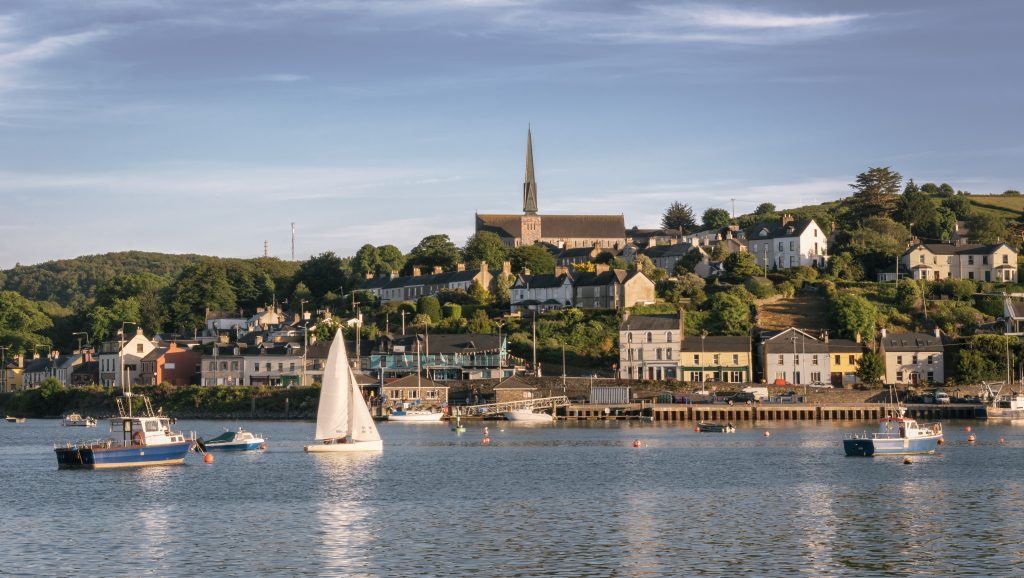 SIRO’s network continues to grow across Cork County, where 85,553 premises have already been connected. To end 2024, a further 3,600 homes and businesses are forecast to gain access to SIRO’s ultrafast fibre broadband across the county.
Towns already benefiting from SIRO’s service include Ballincollig, Bandon, Carrigaline, Carrigtwohill, Fermoy, Little Island, Mallow, Midleton, Skibbereen, and Youghal. Additional towns, such as Kinsale and Cobh, are expected to go live later this year.
This expansion is part of SIRO’s broader national rollout, which aims to pass over 700,000 premises by 2026. More than 600,000 homes and businesses in 135 towns and cities across Ireland are already connected, all part of SIRO’s €1 billion investment to provide future-proof broadband infrastructure across the country.
Commenting on the rollout, SIRO Chief Executive Officer John Keaney said:
SIRO’s network continues to grow across Cork County, where 85,553 premises have already been connected. To end 2024, a further 3,600 homes and businesses are forecast to gain access to SIRO’s ultrafast fibre broadband across the county.
Towns already benefiting from SIRO’s service include Ballincollig, Bandon, Carrigaline, Carrigtwohill, Fermoy, Little Island, Mallow, Midleton, Skibbereen, and Youghal. Additional towns, such as Kinsale and Cobh, are expected to go live later this year.
This expansion is part of SIRO’s broader national rollout, which aims to pass over 700,000 premises by 2026. More than 600,000 homes and businesses in 135 towns and cities across Ireland are already connected, all part of SIRO’s €1 billion investment to provide future-proof broadband infrastructure across the country.
Commenting on the rollout, SIRO Chief Executive Officer John Keaney said:

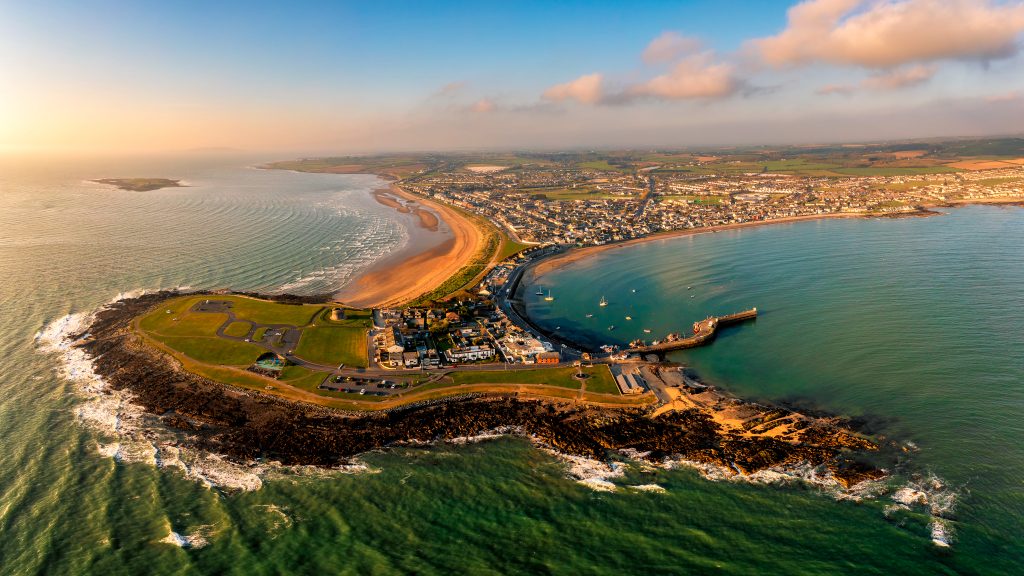
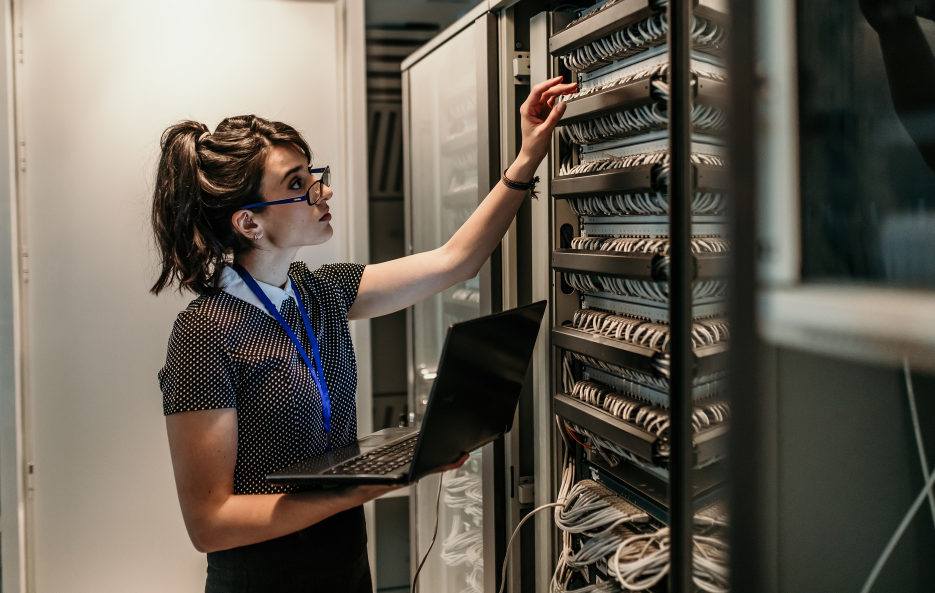 Both the level of access to full fibre broadband and take up of this service has grown considerably in recent years as network rollouts accelerate. However, the majority of the take up has been by residential customers with the pace of adaptation not replicated by Irish business.
In an EU context, the most recent Digital Economy and Society Index (DESI) 2022 found that Ireland’s take up of fixed broadband was lower than the EU average. Previous research by the European Commission from 2019, noted that the digital economy in Ireland “appears to run at two different speeds, with a small number of multinationals with high digitisation but with indigenous SMEs, slower in leveraging digital solutions to reduce costs, drive innovation and expand their market presence”.
The data comes a time when the digitalisation of business, particularly SMEs, is an increasing focus for Government to ensure they remain competitive and sustainable into the future. The Department of Enterprise, Trade and Employment has set a national target of 90% of SMEs to reach basic digital intensity by 2030 and to have at least 75% of enterprises using Cloud, AI and Big Data by 2030.
SIRO Chief Commercial Officer Ronan Whelan noted:
Both the level of access to full fibre broadband and take up of this service has grown considerably in recent years as network rollouts accelerate. However, the majority of the take up has been by residential customers with the pace of adaptation not replicated by Irish business.
In an EU context, the most recent Digital Economy and Society Index (DESI) 2022 found that Ireland’s take up of fixed broadband was lower than the EU average. Previous research by the European Commission from 2019, noted that the digital economy in Ireland “appears to run at two different speeds, with a small number of multinationals with high digitisation but with indigenous SMEs, slower in leveraging digital solutions to reduce costs, drive innovation and expand their market presence”.
The data comes a time when the digitalisation of business, particularly SMEs, is an increasing focus for Government to ensure they remain competitive and sustainable into the future. The Department of Enterprise, Trade and Employment has set a national target of 90% of SMEs to reach basic digital intensity by 2030 and to have at least 75% of enterprises using Cloud, AI and Big Data by 2030.
SIRO Chief Commercial Officer Ronan Whelan noted:
 What have lifts, burglar and fire alarms, car park barriers, health and security monitoring devices, landline phones, boiler controls, CCTV or retail point of sale terminals all got in common?
The answer is that many, many of these everyday devices still rely on copper technology to operate.
It matters because the process of switching copper technology in Ireland is expected to shortly commence. The process will mean that copper broadband, over the coming years, will be switched off, with consumers and businesses transitioning to fibre broadband – a faster, more reliable, resilient and future proofed technology.
As a result, Ireland will experience one of the largest telecommunications’ transformations since Ireland’s first (copper based) telephone exchange opened on Dublin’s Dame Street, with just five subscribers, in 1880. The effects of copper switch off will be larger than just broadband. It will also impact thousands of devices, like those listed above, which still use copper. Once copper is switched off, these devices will need to be upgraded or replaced to continue to operate.
At end 2023, the telecoms regulator, Comreg, set out the framework for copper broadband to be phased out. The EU Commission have also called for the Irish process to be accelerated. Equally, it has published a draft deadline of 2030 for all copper broadband to be turned off across the EU.
What have lifts, burglar and fire alarms, car park barriers, health and security monitoring devices, landline phones, boiler controls, CCTV or retail point of sale terminals all got in common?
The answer is that many, many of these everyday devices still rely on copper technology to operate.
It matters because the process of switching copper technology in Ireland is expected to shortly commence. The process will mean that copper broadband, over the coming years, will be switched off, with consumers and businesses transitioning to fibre broadband – a faster, more reliable, resilient and future proofed technology.
As a result, Ireland will experience one of the largest telecommunications’ transformations since Ireland’s first (copper based) telephone exchange opened on Dublin’s Dame Street, with just five subscribers, in 1880. The effects of copper switch off will be larger than just broadband. It will also impact thousands of devices, like those listed above, which still use copper. Once copper is switched off, these devices will need to be upgraded or replaced to continue to operate.
At end 2023, the telecoms regulator, Comreg, set out the framework for copper broadband to be phased out. The EU Commission have also called for the Irish process to be accelerated. Equally, it has published a draft deadline of 2030 for all copper broadband to be turned off across the EU.
 Transition to Fibre Broadband
In Ireland, the commencement of copper switch is linked directly to the successful pace of fibre broadband – with 2-in-3 of all premises now able to access fibre broadband and the remainder on track to do so no later than 2028. In this context, copper switch off must be viewed as a progressive development, albeit one which must be planned for and managed to ensure a positive outcome.
With the clock now ticking down to the end of copper, a detailed process plan which engages key stakeholders; quantifies the extent of the impacts from copper switch off; and ensures a smooth transition, protecting end users has yet to emerge. The stakeholder inputs required for a successful copper switch off are wide. They are spread across all broadband operators and retailers providing broadband services, particularly those rolling out fibre; in addition to security, health, business, consumer and community representatives.
While older and more vulnerable customers are a priority, so too must be business, particularly small businesses. SIRO’s own
Transition to Fibre Broadband
In Ireland, the commencement of copper switch is linked directly to the successful pace of fibre broadband – with 2-in-3 of all premises now able to access fibre broadband and the remainder on track to do so no later than 2028. In this context, copper switch off must be viewed as a progressive development, albeit one which must be planned for and managed to ensure a positive outcome.
With the clock now ticking down to the end of copper, a detailed process plan which engages key stakeholders; quantifies the extent of the impacts from copper switch off; and ensures a smooth transition, protecting end users has yet to emerge. The stakeholder inputs required for a successful copper switch off are wide. They are spread across all broadband operators and retailers providing broadband services, particularly those rolling out fibre; in addition to security, health, business, consumer and community representatives.
While older and more vulnerable customers are a priority, so too must be business, particularly small businesses. SIRO’s own  Planning for Copper Switch Off
Right now, the issue is not one which is part of the public consciousness. That’s not surprising as, to date, we have just a bare regulatory framework setting out the conditions under which switch off process can commence.
As we get closer to the first areas being switched off, Government, industry and wider interest groups now need to come together and begin to plan. A desktop analysis by SIRO indicates the wide range of areas that we need to plan for from landlines, burglar alarms, health monitor, lifts, car park barriers to retail terminals.
Take just one example, landlines. These will need to migrate to fibre from copper if people want to continue to use them. While many homes now use just their mobile phone, among older generations this is often not the case. For them, the house phone and the landline number they have held for decades, remains the primary means of communication to family and friends. Added to that, many elderly also use their copper landline to support the functioning of independent security and health monitoring devices. The Department of Rural and Community Development, through Pobal, provide 15,000 each year to older people through the Seniors Alert Scheme. The majority remain dependent on copper. Landlines, just one of many examples.
The most effective solution lies in encouraging as many people as possible switch to fibre broadband now, and simultaneously upgrading any household or business devices as part of that migration process. That message needs a greater push. The Government is working to a date of 2028 for a fully fibred Ireland. Yet, with over 60% of premises now fibre enabled, less than half have switched to fibre. More proactive initiatives will be required to migrate all householders. This is where a coordinated National Plan for Copper Switch Off, with a strong public communications element, must step into the vacuum. It’s important not to lose sight of the fact that copper switch off is a hugely positive development for Irish consumers and businesses.
But copper broadband just doesn’t cut it anymore. It cannot meet the demands now placed upon it in an increasingly digital world. Copper can’t provide the bandwidth or higher speeds; meet the greater data needs; or deliver the security and resiliency requirements that fibre broadband can. A full fibre broadband Ireland will ensure that we have the most advanced connectivity in Europe and globally. It unlocks many of the digital innovations which will significantly improves the lives of individuals and communities in areas such as healthcare, education, climate change and cybersecurity.
Copper switch off doesn’t have to be delayed or chaotic but it might be unless we manage this significant technological leap forward in a planned and effective way.
Planning for Copper Switch Off
Right now, the issue is not one which is part of the public consciousness. That’s not surprising as, to date, we have just a bare regulatory framework setting out the conditions under which switch off process can commence.
As we get closer to the first areas being switched off, Government, industry and wider interest groups now need to come together and begin to plan. A desktop analysis by SIRO indicates the wide range of areas that we need to plan for from landlines, burglar alarms, health monitor, lifts, car park barriers to retail terminals.
Take just one example, landlines. These will need to migrate to fibre from copper if people want to continue to use them. While many homes now use just their mobile phone, among older generations this is often not the case. For them, the house phone and the landline number they have held for decades, remains the primary means of communication to family and friends. Added to that, many elderly also use their copper landline to support the functioning of independent security and health monitoring devices. The Department of Rural and Community Development, through Pobal, provide 15,000 each year to older people through the Seniors Alert Scheme. The majority remain dependent on copper. Landlines, just one of many examples.
The most effective solution lies in encouraging as many people as possible switch to fibre broadband now, and simultaneously upgrading any household or business devices as part of that migration process. That message needs a greater push. The Government is working to a date of 2028 for a fully fibred Ireland. Yet, with over 60% of premises now fibre enabled, less than half have switched to fibre. More proactive initiatives will be required to migrate all householders. This is where a coordinated National Plan for Copper Switch Off, with a strong public communications element, must step into the vacuum. It’s important not to lose sight of the fact that copper switch off is a hugely positive development for Irish consumers and businesses.
But copper broadband just doesn’t cut it anymore. It cannot meet the demands now placed upon it in an increasingly digital world. Copper can’t provide the bandwidth or higher speeds; meet the greater data needs; or deliver the security and resiliency requirements that fibre broadband can. A full fibre broadband Ireland will ensure that we have the most advanced connectivity in Europe and globally. It unlocks many of the digital innovations which will significantly improves the lives of individuals and communities in areas such as healthcare, education, climate change and cybersecurity.
Copper switch off doesn’t have to be delayed or chaotic but it might be unless we manage this significant technological leap forward in a planned and effective way.
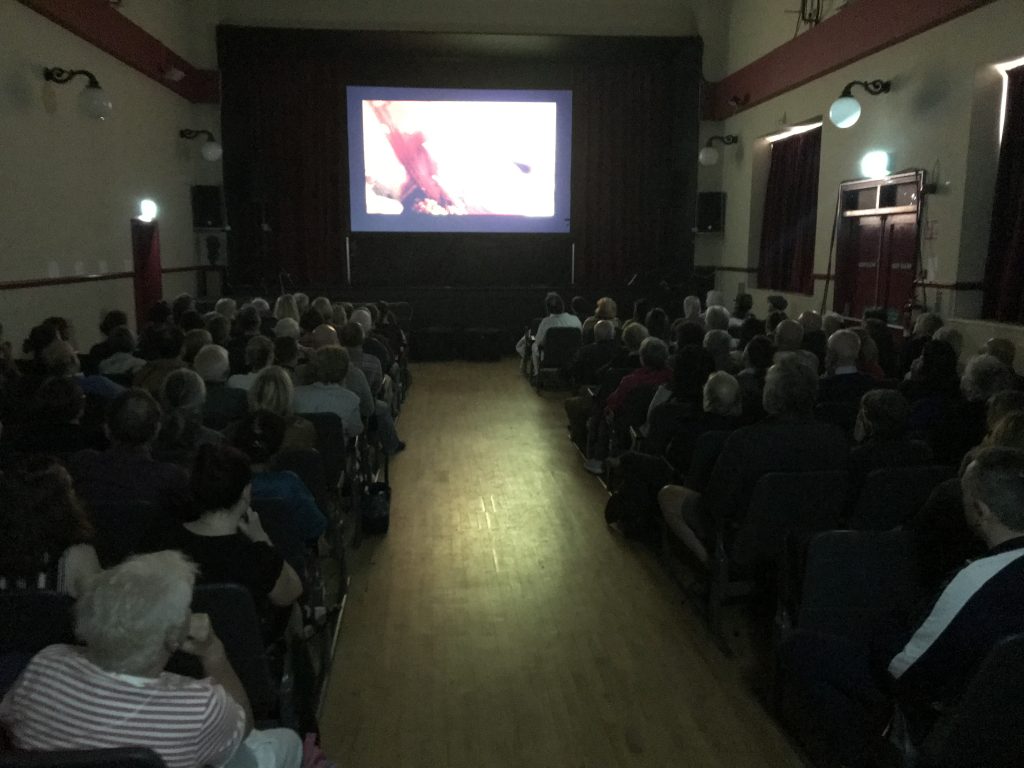 These include the 2016 documentary “Pull Like a Dog” which follows Skibbereen Olympic medallists’, brothers Gary and Paul O’Donovan, as they return from the Rio Olympics and the film adaptation of John McGahern’s acclaimed novel “That They May Face the Rising Sun”.
With Skibbereen’s Annual Arts Festival taking place from Friday, 26 July to Saturday, 3 August, festival organisers have installed large screens to live stream both the Olympic rowing events and films and documentaries at the Town Hall, which can hold over 200 people, during the festival.
However, organisers found the existing connectivity to the Town Hall did not meet what was required for the live Olympic streaming and planned festival screenings.
Ludgate Hub, which itself is powered by SIRO Gigabit Fibre then approached the broadband operator to see what could be achieved, in the short time frame, to provide fibre broadband to meet the connectivity requirements of the Town Hall.
Notwithstanding the extremely tight deadlines, following extensive engagement and teamwork between Ludgate Hub, SIRO and Cork County Council, a fibre broadband connection was installed in the Town Hall premise late on Thursday.
These include the 2016 documentary “Pull Like a Dog” which follows Skibbereen Olympic medallists’, brothers Gary and Paul O’Donovan, as they return from the Rio Olympics and the film adaptation of John McGahern’s acclaimed novel “That They May Face the Rising Sun”.
With Skibbereen’s Annual Arts Festival taking place from Friday, 26 July to Saturday, 3 August, festival organisers have installed large screens to live stream both the Olympic rowing events and films and documentaries at the Town Hall, which can hold over 200 people, during the festival.
However, organisers found the existing connectivity to the Town Hall did not meet what was required for the live Olympic streaming and planned festival screenings.
Ludgate Hub, which itself is powered by SIRO Gigabit Fibre then approached the broadband operator to see what could be achieved, in the short time frame, to provide fibre broadband to meet the connectivity requirements of the Town Hall.
Notwithstanding the extremely tight deadlines, following extensive engagement and teamwork between Ludgate Hub, SIRO and Cork County Council, a fibre broadband connection was installed in the Town Hall premise late on Thursday.
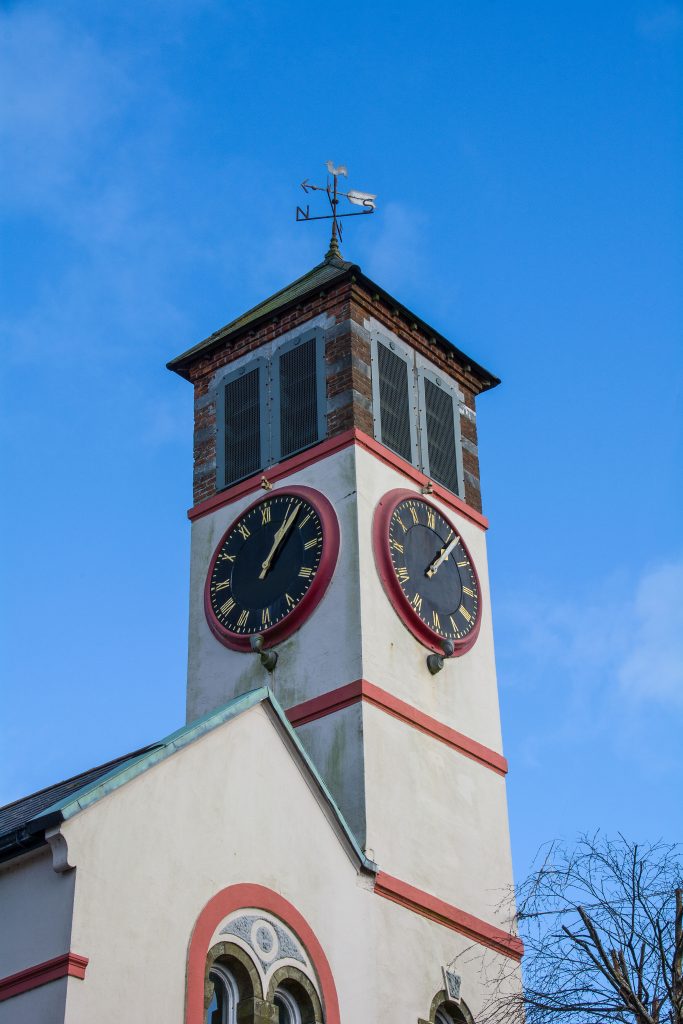 Access to a full fibre broadband connection is seen as essential for the longer-term viability and continued development of the Town Hall as a centre point for Skibbereen’s artistic community. It’s hoped that fast and reliable connectivity will allow the Town Hall to expand the facility’s arts activities into the future.
Skibbereen Arts Festival Director, Declan McCarthy commented:
Access to a full fibre broadband connection is seen as essential for the longer-term viability and continued development of the Town Hall as a centre point for Skibbereen’s artistic community. It’s hoped that fast and reliable connectivity will allow the Town Hall to expand the facility’s arts activities into the future.
Skibbereen Arts Festival Director, Declan McCarthy commented:
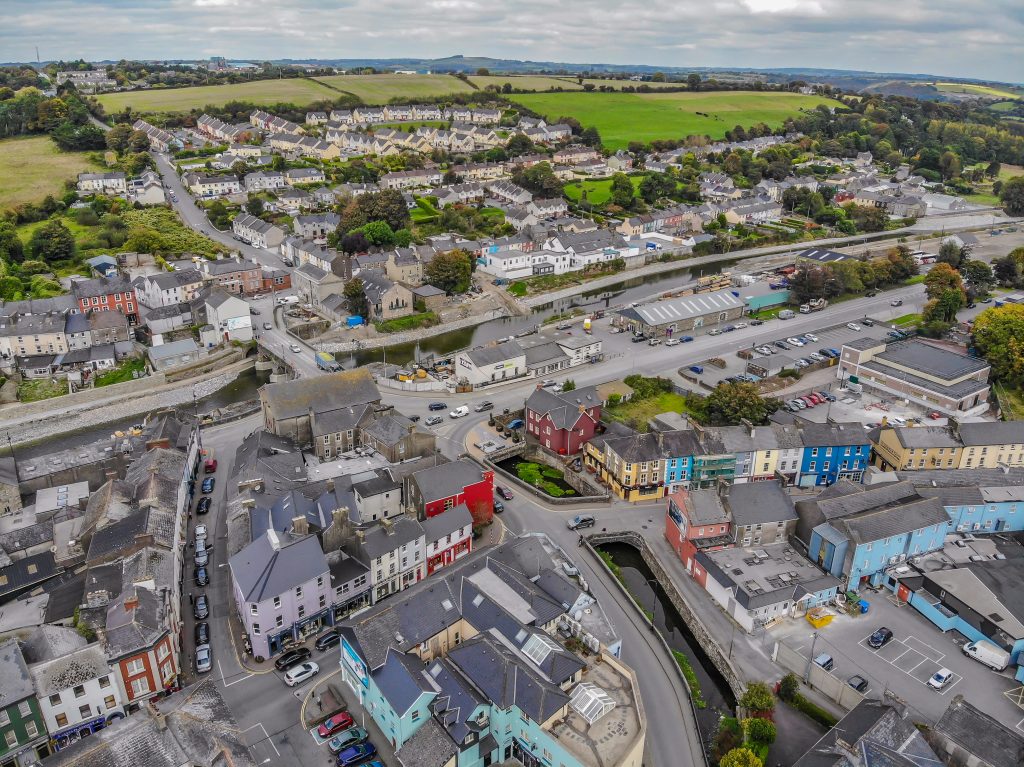
 Full fibre broadband network operator, SIRO, has called for an integrated, joined-up approach to the forthcoming process of
Full fibre broadband network operator, SIRO, has called for an integrated, joined-up approach to the forthcoming process of 
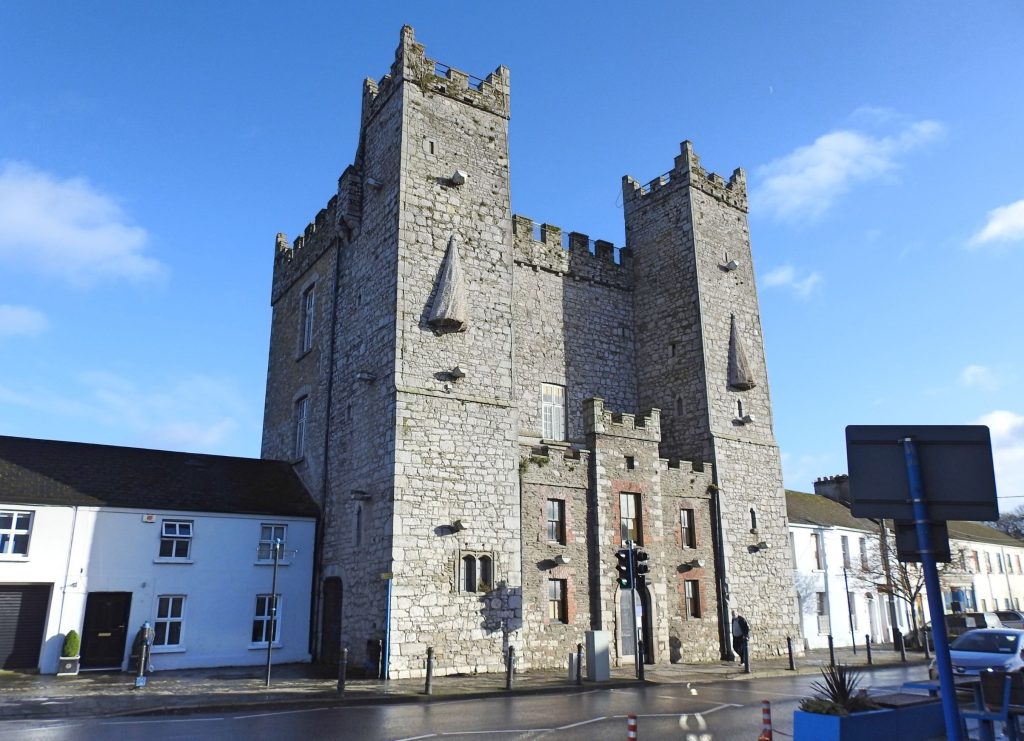

 Kieran Clifford, Technical Director, Island Computers[/caption]
Kieran Clifford, Technical Director, Island Computers[/caption]
 “In our own place of work, we are very much cloud based. We are big users of 365 and Azure. The back end and marketing rely on the technology. We are so dependent on fibre broadband. Since the investment with SIRO and Viatel, we found that our productivity has improved as the broadband provides a smoother experience.
The great thing about working with Viatel is that there is two-way communication, so we can coordinate maintenance and make those accommodations to avoid delays.”
“In our own place of work, we are very much cloud based. We are big users of 365 and Azure. The back end and marketing rely on the technology. We are so dependent on fibre broadband. Since the investment with SIRO and Viatel, we found that our productivity has improved as the broadband provides a smoother experience.
The great thing about working with Viatel is that there is two-way communication, so we can coordinate maintenance and make those accommodations to avoid delays.”

